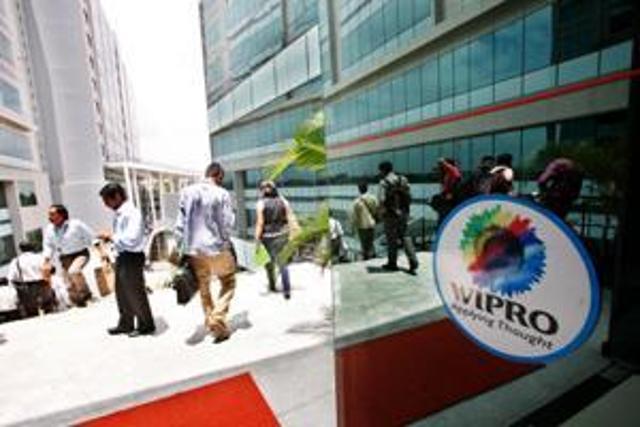3D printing major EOS and Wipro’s advanced manufacturing division have built the North-West Feed Cluster 2×2, India’s first Additive Manufacturing (AM) engineered component for ISRO. This component was a part of GSAT19 communications satellite for India.
The satellite which was launched in June 2017 carried with itself technologies related to Feed Realization, 3D printed components along with hybrid CFRP technology on ISRO safelights. “This is the 1st AM product/ part used by ISRO to fly. The part used is called the ‘Feed Cluster’. Traditionally the feed cluster used to be built of more than one part. However, this product was redesigned to make it lighter and customized for a single part, “says Ajay Parikh, Business Head, Wipro 3D.
Anand Prakasam, Country Manager- EOS India says that this is India’s first 3D printed functional metal component. Labelled the North-West Feed Cluster 2×2 (GS19), the component was designed by the Space Application Centre, Indian Space Research Organization (ISRO), and then used EOS Additive Manufacturing technologies in close collaboration with ISRO Scientists & Wipro 3D. The component has cleared various tests and validations, including Assembly Vibration Test, Climatic Test, and RF Tests before it took flight.
The material used for manufacturing is Aluminium.
He says that they are making tremendous progress in Additive manufacturing for the aerospace industry and points out those 3D printed parts cost effective as satellites components. “We have reduced assembly parts which result in RF leakage. Moreover, the transmission is also effective and there is a significant push towards weight reduction.
Anand also mentions that they had first given a prototype 5 years ago and ISRO had taken 2 years to do develop the first prototype.
For every gram of reduced weight, they can add more fuel to the device. “Also the components printed have been done in smaller parts. “The entire lifecycle of component and design took us around 4 weeks to develop the first prototype. “Certain complex post processing may add a few days. However, post the initial developmental stage, we could churn out two per week.”
This is a significant step in EOS’s journey as it establishes the technology’s capability in developing and proving out mission-ready metal AM functional components that are part of the satellite’s core application. The component with a height of approx 320 mm and wall thickness of 2 mm poses significant challenges when it comes to realization through current standard metal AM systems.








